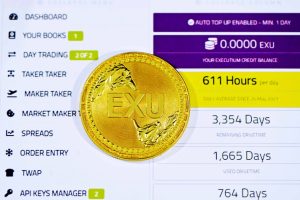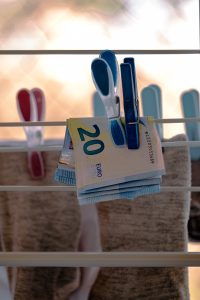Forex trading involves the buying and selling of currencies in order to make a profit. As with any type of financial market, keeping track of important metrics and data is crucial to make informed decisions. One of the metrics that traders often come across in forex reports is “MAE.” In this article, we will discuss what MAE means on a forex report and how it can be used to make informed trading decisions.
MAE stands for “Maximum Adverse Excursion.” It is a metric that measures the maximum amount of money a trader has lost on a trade before it turns around and becomes profitable. In simpler terms, it is the largest drawdown a trader has experienced in a particular trade. MAE is calculated by taking the difference between the highest point the trade reached and the lowest point it reached before becoming profitable.
For example, let’s say a trader bought a currency pair at $1.25 and set a stop loss at $1.20. The trade initially goes against the trader and drops to $1.15 before rebounding and eventually reaching a profit of $1.30. The MAE for this trade would be $0.10 ($1.15 – $1.25).
MAE is an important metric for traders to track because it provides insight into the potential risk of a trade. If a trader has a high MAE, it means they are taking on a lot of risk, and the trade could potentially result in a significant loss. On the other hand, a low MAE indicates that the trader is managing their risk well and is less likely to experience a large drawdown.
Traders can use MAE in conjunction with other metrics to make informed trading decisions. For example, they can use MAE to determine the appropriate stop loss for a particular trade. If the MAE for a currency pair is consistently high, it may be wise to set a wider stop loss to account for potential drawdowns. Conversely, if the MAE is consistently low, a tighter stop loss may be appropriate.
MAE can also be used to evaluate the performance of a trading strategy. If a trader consistently experiences high MAE on their trades, it may indicate that their strategy is too risky and needs to be adjusted. On the other hand, a low MAE may indicate that the strategy is effective in managing risk and producing profitable trades.
In addition to MAE, traders may also come across other metrics in forex reports such as “MFE” (Maximum Favorable Excursion) and “R-Multiple.” MFE measures the highest profit a trader reached on a trade before it reversed and turned into a loss. R-Multiple is a ratio that compares the potential reward of a trade to the risk. It is calculated by dividing the potential profit by the risk (stop loss). By tracking these metrics, traders can gain a more complete picture of their trading performance and make informed decisions.
In conclusion, MAE is an important metric for forex traders to track as it provides insight into the potential risk of a trade. By using MAE in conjunction with other metrics, traders can make informed decisions about their trading strategies and manage risk effectively. It is important to remember that while MAE is a useful tool, it should not be used in isolation and should be considered alongside other factors such as market conditions, trends, and news events.





